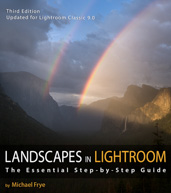Travels and Stories
by Michael Frye | Aug 28, 2018 | Smartphone Photography, Travels and Stories, Workshops

Standard Stamp Mill, Bodie SHP, CA, USA
Two weeks ago our good friend Robert Eckhardt conducted another iPhone photography workshop for us. This time we were based in Lee Vining, and the workshop included two trips to Bodie, with special access to the interiors. It was so much fun.
I hadn’t photographed Bodie interiors in two years. Bodie endured two earthquakes in December of 2016, causing structural damage to some of the buildings, and knocking over bottles, shelves, and other objects. So no photography workshops were allowed into the interiors in 2017 while the park assessed the damage.
(more…)
by Michael Frye | Jul 5, 2018 | Travels and Stories
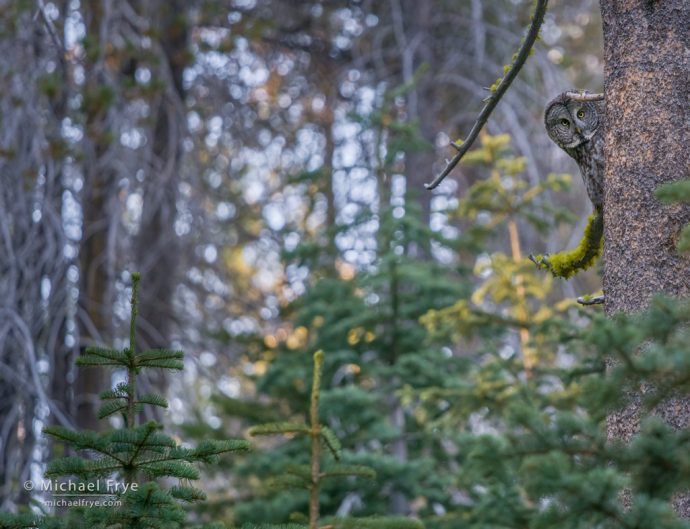
Great gray owl, Yosemite. This was what my first view looked like as the owl as craned its neck around the trunk and stared back at me.
Claudia and I have made several trips to the Yosemite high country recently to photograph flowers. We’ve mostly seen early bloomers like shooting stars, along with a few other species.
One afternoon we made a short hike to one of the high-country meadows looking for flowers. Whenever I’m near meadows in Yosemite between, say, 6,000 and 8,000 feet, I keep my eyes and ears peeled for great gray owls. These are the largest owls in North America, and typically live in boreal forests in Canada and Alaska. But some live in the Cascades and northern Sierra, all the way down to Yosemite, which hosts the southern-most population of these birds.
(more…)
by Michael Frye | Nov 12, 2017 | Light and Weather, Travels and Stories
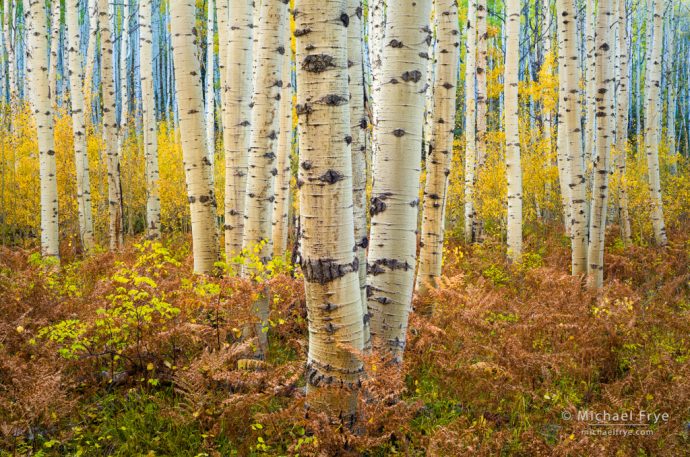
Aspens and ferns, autumn, Grand Mesa-Uncompahgre-Gunnison NF, CO, USA
Claudia and I had wonderful conditions on our autumn trip to Colorado. As I said before, it wasn’t the best year for fall color there, but the weather more than made up for that, with rain, snow, fog, and lots of interesting clouds.
We chased the weather and color all over Colorado – or so it seemed. We reached the San Juan Mountains in the southwest corner of the state on September 27th, but found little color at that time. So we headed east and ended up near Twin Lakes, where I photographed aspens with snow and fog. Then we drove over Independence Pass and spent a couple of days around Aspen and Carbondale, braving the crowds to capture a misty view of the Maroon Bells.
(more…)
by Michael Frye | Oct 22, 2017 | Travels and Stories, Yosemite Photo Conditions
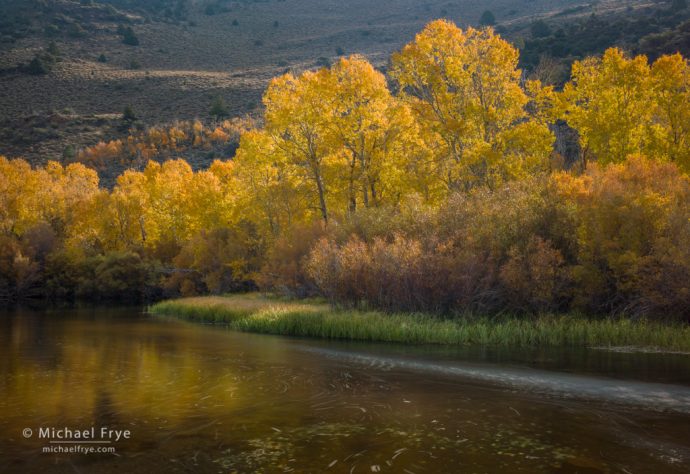
Autumn scene along Rush Creek, Inyo NF, CA, USA
We just finished our workshop on the eastern side of the Sierra. When I arrived a few days before the workshop the aspen color was rather mixed, with bare trees, green trees, and every stage in between. But the weather was cold, and things turned quickly. By the time our workshop started most of the green leaves had turned yellow and orange, and we found lots of beautiful color – particularly along the June Lake Loop.
(more…)
by Michael Frye | Oct 9, 2017 | Light and Weather, Travels and Stories

Maroon Bells in autumn, White River NF, CO, USA
Some photographers love photographing icons, and try to visit as many as possible. Others avoid them at all costs.
But I think most of us have mixed feelings about them. These iconic spots have a certain undeniable appeal. There are good reasons, after all, why these places have become iconic: they’re great locations. With the right conditions, it’s possible to capture some beautiful images at these spots. They work.
(more…)
by Michael Frye | Oct 1, 2017 | Travels and Stories
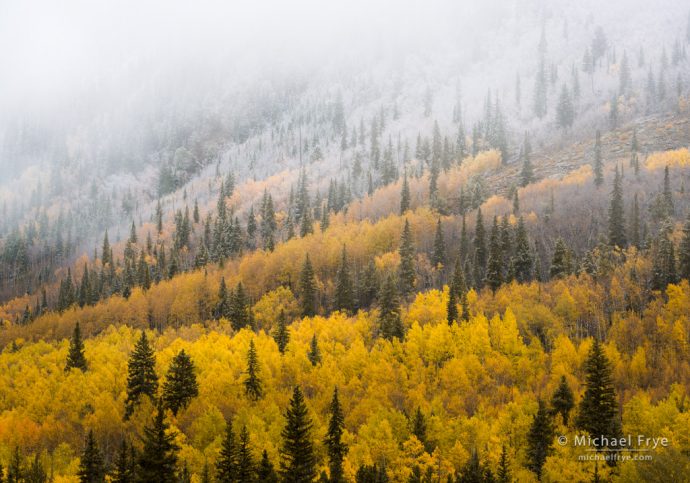
Autumn hillside with aspen and spruce trees, Pike-San Isabel NF, CO, USA
Claudia and I are in Colorado, chasing the fall color once again. By Colorado standards this is a below-average year for autumn color. Apparently a mid-May snowstorm damaged some of the just-sprouting aspen leaves, and those leaves are turning brown or dull yellow before falling off.
But many of the aspens seem to be undamaged. And it’s Colorado after all, where there are so many aspens that even in a “poor” year you can find plenty of colorful trees. And we’ve had some great weather, with rain, snow, fog, and lots of interesting clouds. The combination of weather and color has been really fun to photograph, and the constantly-changing conditions have kept me going from sunrise to sunset every day. Here are a few images showing some of the best moments so far, and I’m sure I’ll post more soon.
(more…)













